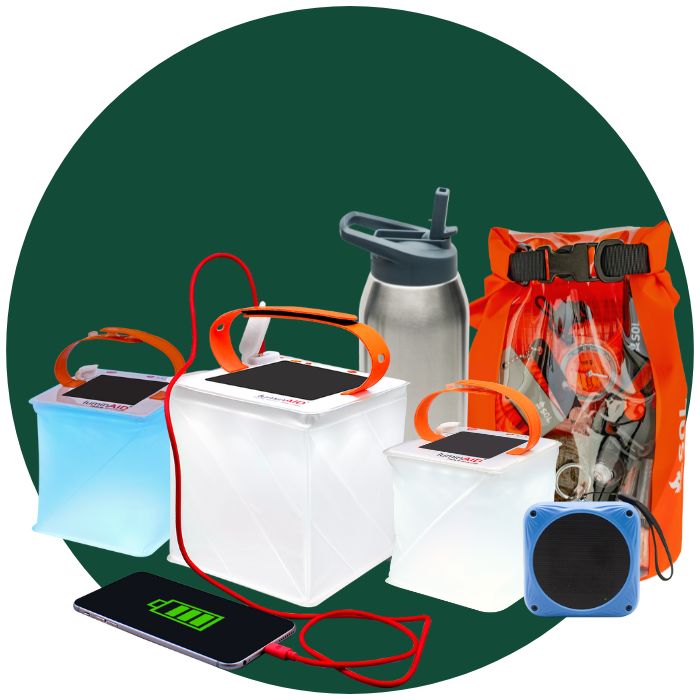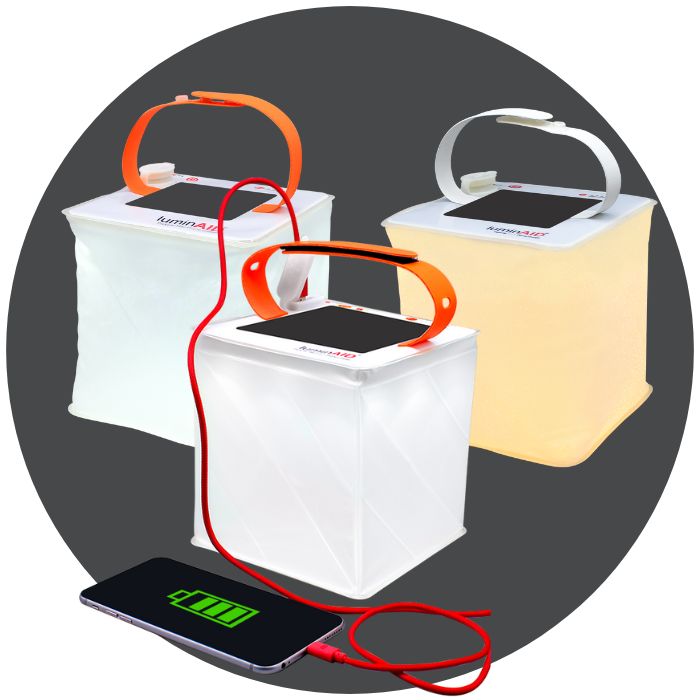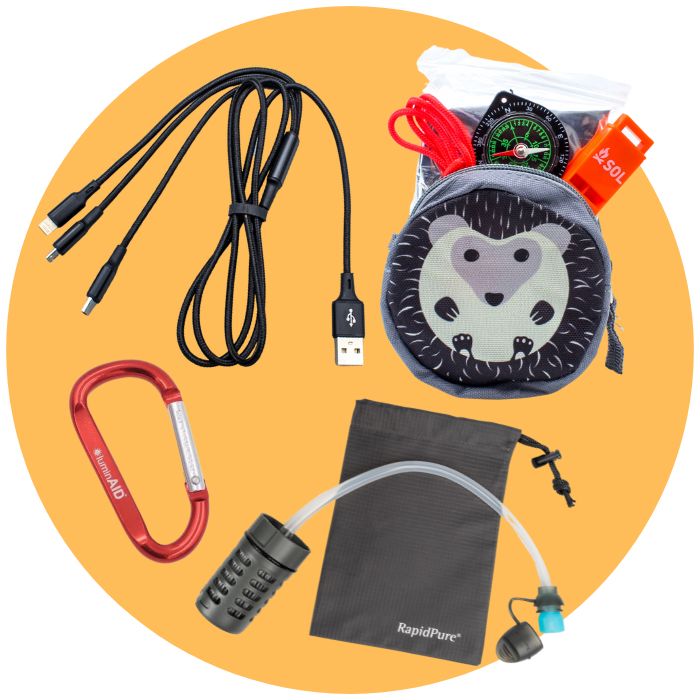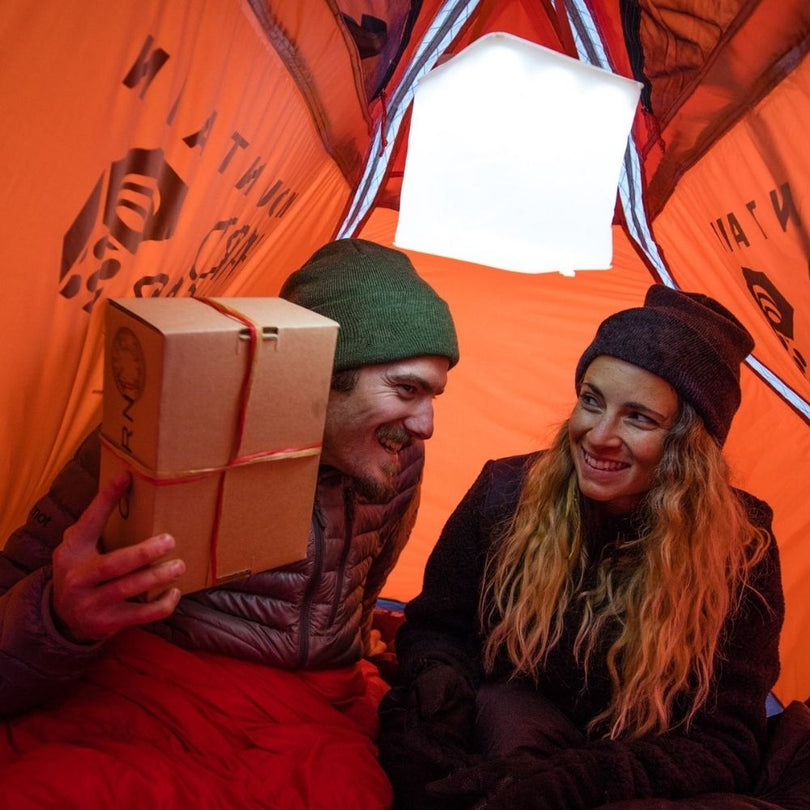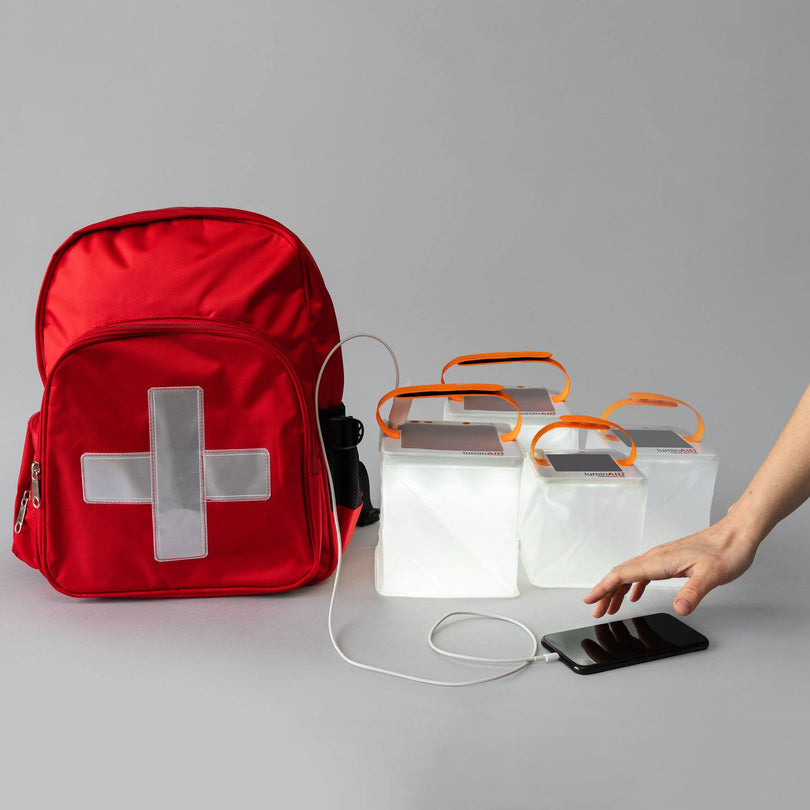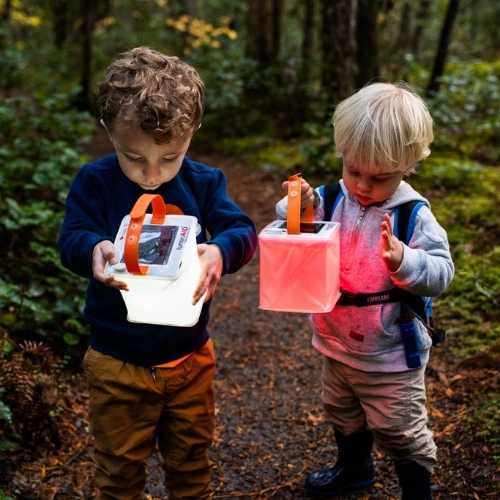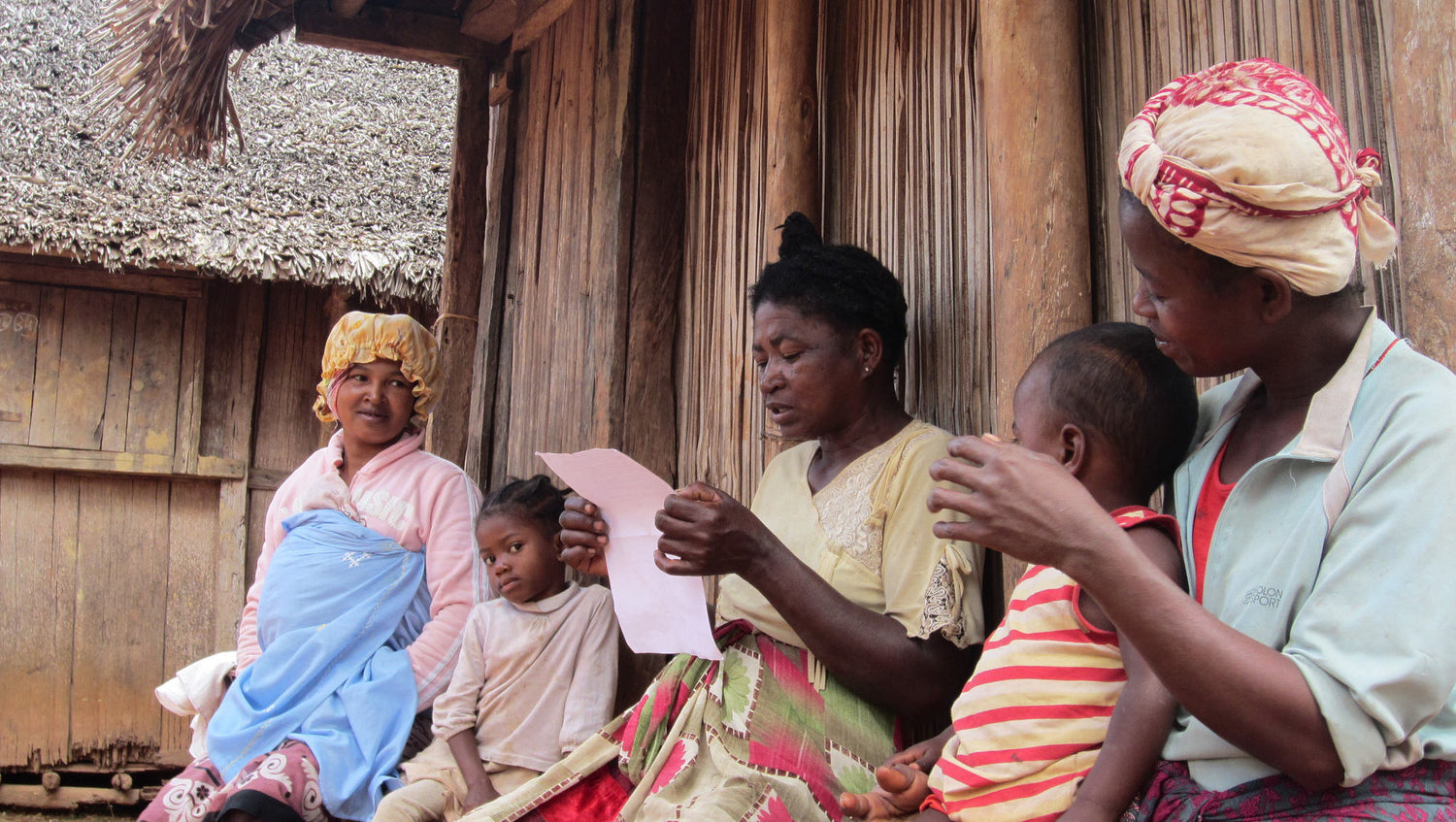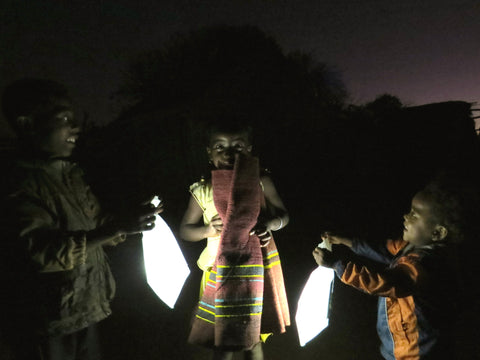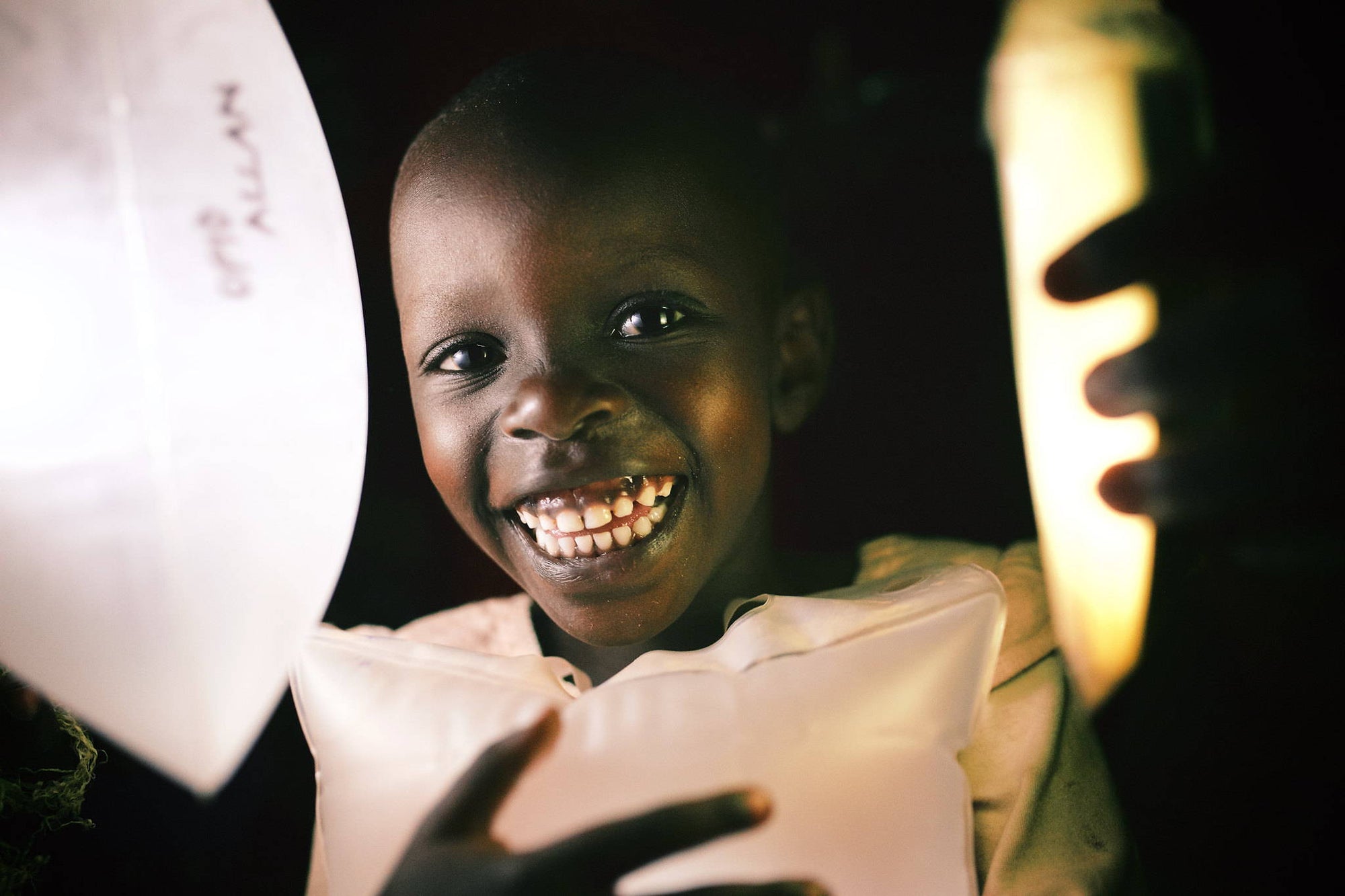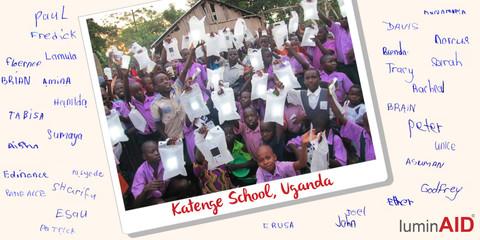The latest installment in our Notes from the Field series comes from Ian Gorecki, who has been serving as a Peace Corps Volunteer since 2013 in Madagascar. Ian recently coordinated the distribution of LuminAID lights to artisans in the Androy region of Madagascar, and shares the impact of the lights below:
Life in the Rural South
Here in the southern Androy region of Madagascar, most rural people rely on subsistence farming for survival. The complete lack of infrastructure – roads, water, and electricity, makes many productive activities difficult or impossible.

However, these women are constrained by their village's lack of electricity. In addition to weaving, the women are also responsible for working the fields, and have to spend many of their daytime hours tending to their crops. In the evening, they have to rely on candles in order to work on their weaving. These candles pollute their houses and provide a minuscule amount of light. Many women simply choose not to weave in the evenings, limiting their productivity.
LuminAID in Androy
This is now changing thanks to a donation of LuminAID solar lights. The women of two remote villages, Tsimankiarake and Ankarahake, now have access to clean, renewable lighting for their artisanal work.
After picking up the donated LuminAID lights in the capital, I returned to the Androy region in mid-July. I worked with my community counterpart Josoah to organize the distribution of the lamps. We first met with the village president of Ankarahake. After we demonstrated the use of the lamps, he took them back to his village where he provided them to five female artisans. In this remote village, located in the inhospitable spiny forest, access to solar lighting will allow these five women to work on their weaving even after the sun has gone down. They will increase their production of traditional hats and mats, which will in turn bring much-needed revenue into their lives.
After this, we set out to Tsimankiarake to distribute the remaining lights. This town is the weaving center of the region, and one of the few places where the traditional Tandroy cloth is still made. We met with the head of the local weavers, a woman named Pila. We explained how the lamps work, and Pila then distributed them to her fellow weavers. These women, who have been weaving using traditional lighting their whole lives, were overjoyed to receive the new solar lamps.
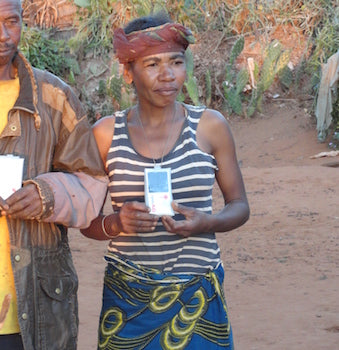 |
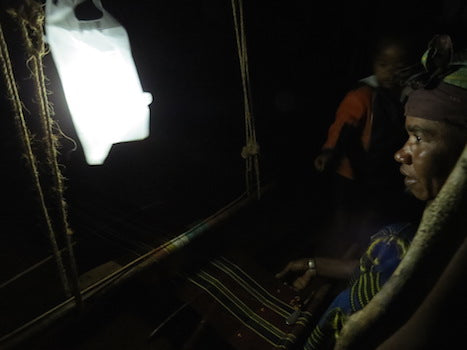
|
| Pila receiving her LuminAID light (left) |
Pila at work with her LuminAID light (right). |
After the distribution was complete, Pila invited us into her home for a traditional Tandroy meal of cassava, rice, and habobo (curdled milk). After sunset, it was time to put the new lamps to the test. Pila had set up her weaving equipment, and everyone gathered around to see the LuminAID in action. We attached the lamp to the weaving machine, and Pila got to work. Pila and the other women were amazed by how much light the small lamp was able to generate – far more than the candles they were used to, without any smoke.
Everyone present was excited for the possibilities that the new lamps entailed – students can study at night, families can spend more time together after dinner, and most importantly the town weavers will be able to spend more time practicing their trade. In a village where the sale of cloths provides the main source of revenue, this means more children attending school, more money for school supplies, and better availability of essentials such as medicine and food.
Before we left Tsimankiarake, Pila gave my counterpart Josoah a bag filled with cloths they had completed. Every year, Josoah takes these to the national crafts fair in the capital, where members of the expat community and the Malagasy elite are willing to spend quite a bit to get their own, authentic Tandroy cloth. Josoah was disappointed by how few cloths Pila was able to provide – not nearly enough to meet the high demand at the fair. Next year, with the help of their new LuminAID lamps, the women of Tsimankiarake hope to be able to send many more. Thanks to these new lights, future is looking much brighter in this corner of Madagascar!
Ian Gorecki
Peace Corps Volunteer – Ambondro, Madagascar (2013-2015)
Antsiranana, Madagascar (2015-2016)
This distribution of lights was made possible through LuminAID's Give Light, Program. You can read more stories of light distribution in our Notes from the Field series.
About Ian:
 I'm a Peace Corps Volunteer serving in Ambondro, a rural town in the southern Androy region of Madagascar. My primary assignment is education, working as an English teacher at the local middle and high schools. I also work with our village association, Association Tinoñe, on several other projects in our community. One area of focus for us is working with local artisans. Ambondro is one of only two places where traditional Tandroy "lambas" (cloths) are made. These lambas are still made the traditional way - by hand and with only natural materials. However, the women who weave these lambas live in a small, rural village, without access to electricity. Making the lambas is very labor-intensive, and the work must be stopped at night due to the lack of light. I'm working with LuminAID to provide these women with a donation of solar lamps, which will enable them to continue their work well after the sun has set.
I'm a Peace Corps Volunteer serving in Ambondro, a rural town in the southern Androy region of Madagascar. My primary assignment is education, working as an English teacher at the local middle and high schools. I also work with our village association, Association Tinoñe, on several other projects in our community. One area of focus for us is working with local artisans. Ambondro is one of only two places where traditional Tandroy "lambas" (cloths) are made. These lambas are still made the traditional way - by hand and with only natural materials. However, the women who weave these lambas live in a small, rural village, without access to electricity. Making the lambas is very labor-intensive, and the work must be stopped at night due to the lack of light. I'm working with LuminAID to provide these women with a donation of solar lamps, which will enable them to continue their work well after the sun has set.

